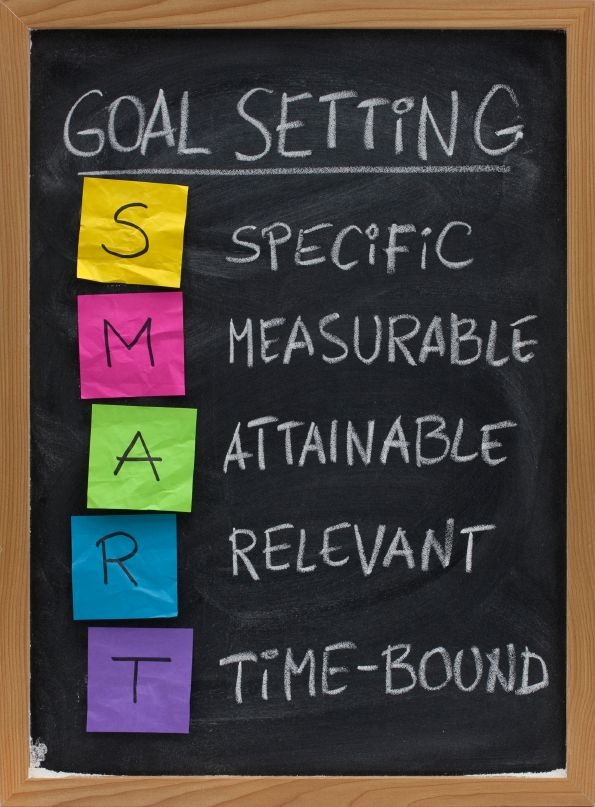SMART Questions


When you're starting a data analysis project, the first and most important step is knowing what you're trying to answer. But not all questions are helpful. Some are too broad, vague, and hard to measure. In some other cases, questions can lead to biased answers. That’s where SMART questions come in.
Use the SMART framework to help you ask better, more focused questions that lead to clear answers from your data.
S — Specific
Focus your question on one clear topic and avoid being vague. Make sure it’s simple, meaningful, and directly related to the issue you're exploring. Open-ended questions often lead to richer insights than closed ones.M — Measurable
Ask a question that can be answered with numbers or concrete data. If it can't be measured, it's hard to analyze and act on.A — Action-Oriented
Frame your question to encourage change or improvement. Instead of asking “Why?”, try “What can we improve?” or “How can we do this better?”R — Relevant
Make sure your question directly relates to the problem you’re solving or the decision you need to make. Irrelevant questions waste time and dilute your focus.T — Time-Bound
Include a time frame to keep your analysis focused and useful—like “last month,” “this quarter,” or “year-over-year.” Choose a period that makes sense for the context so your results stay relevant and timely.